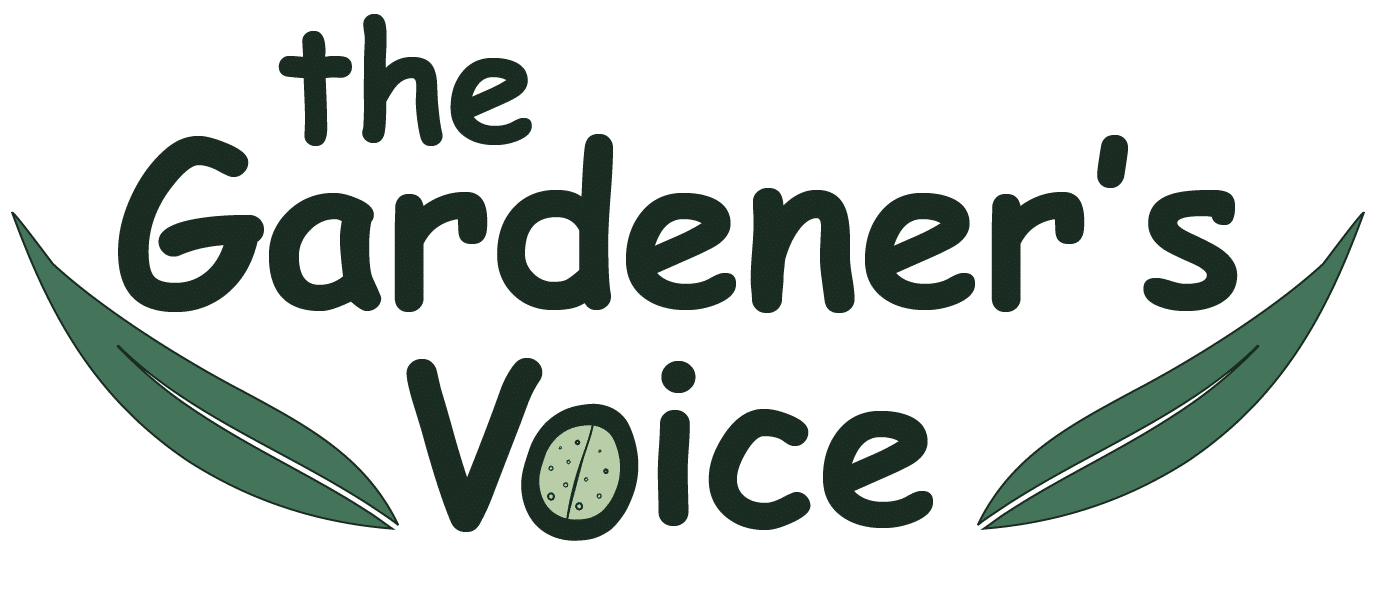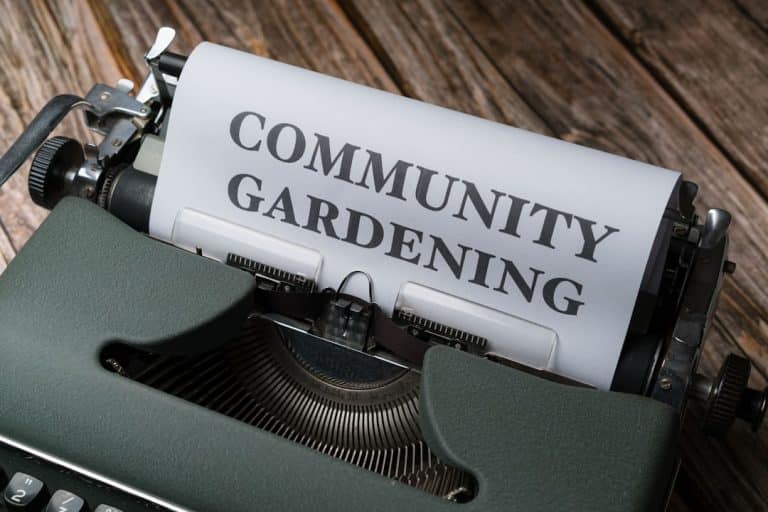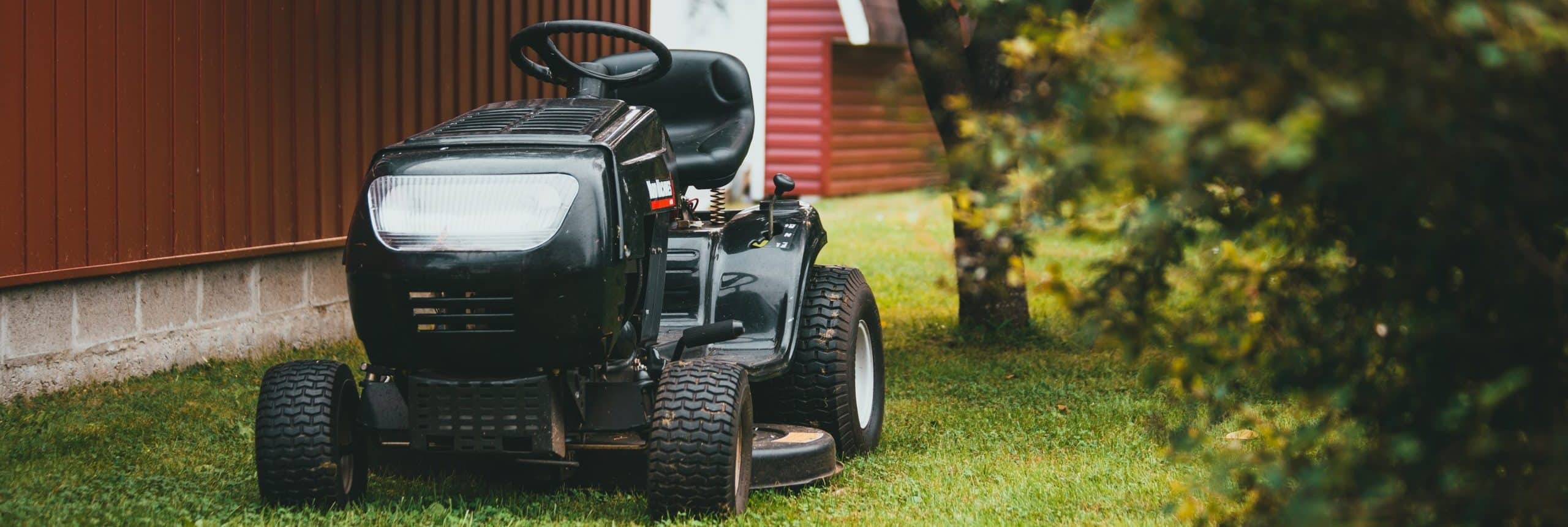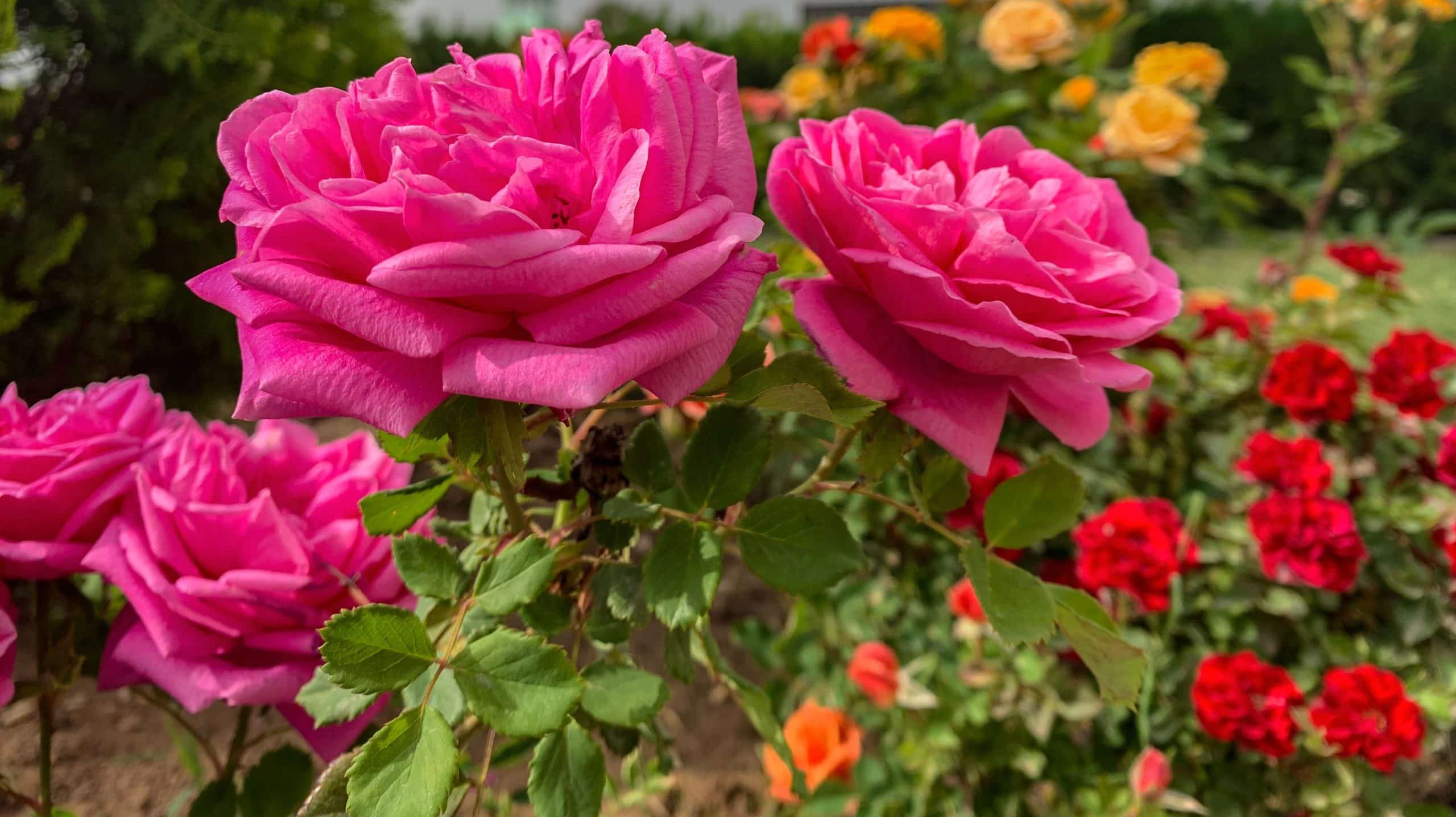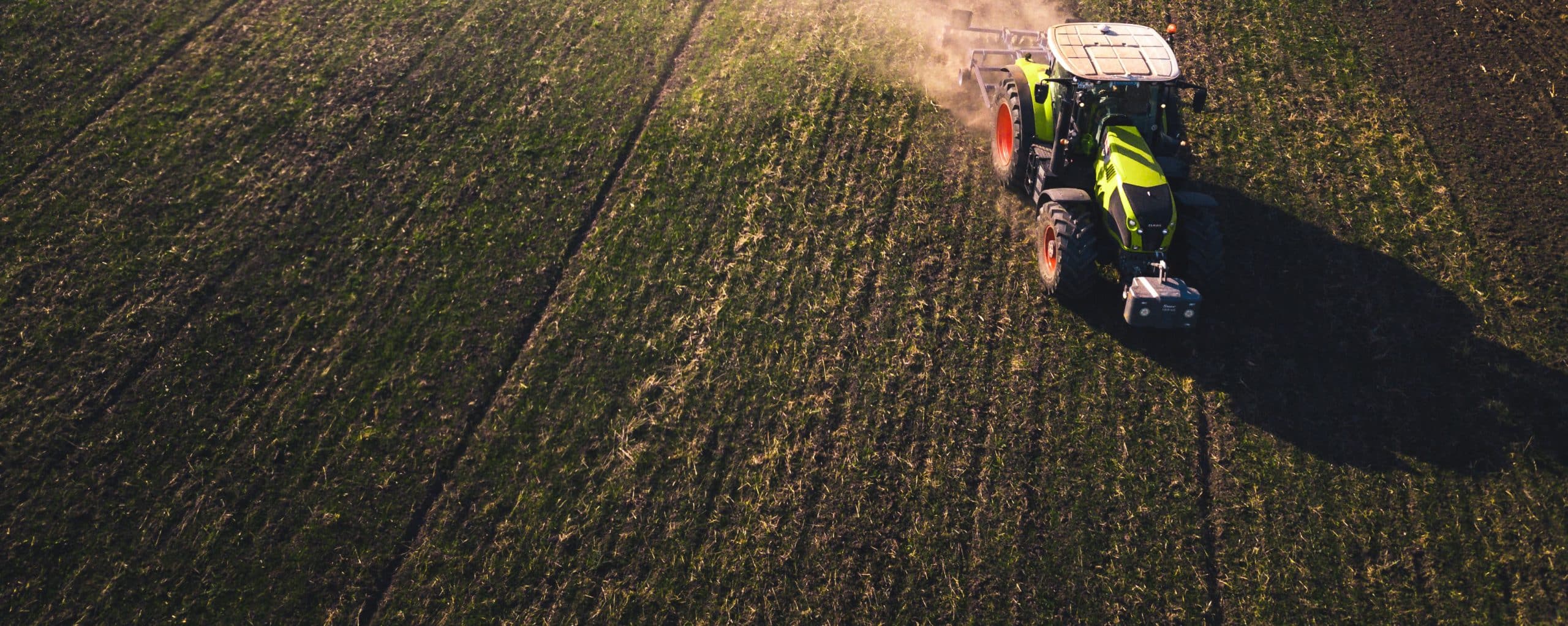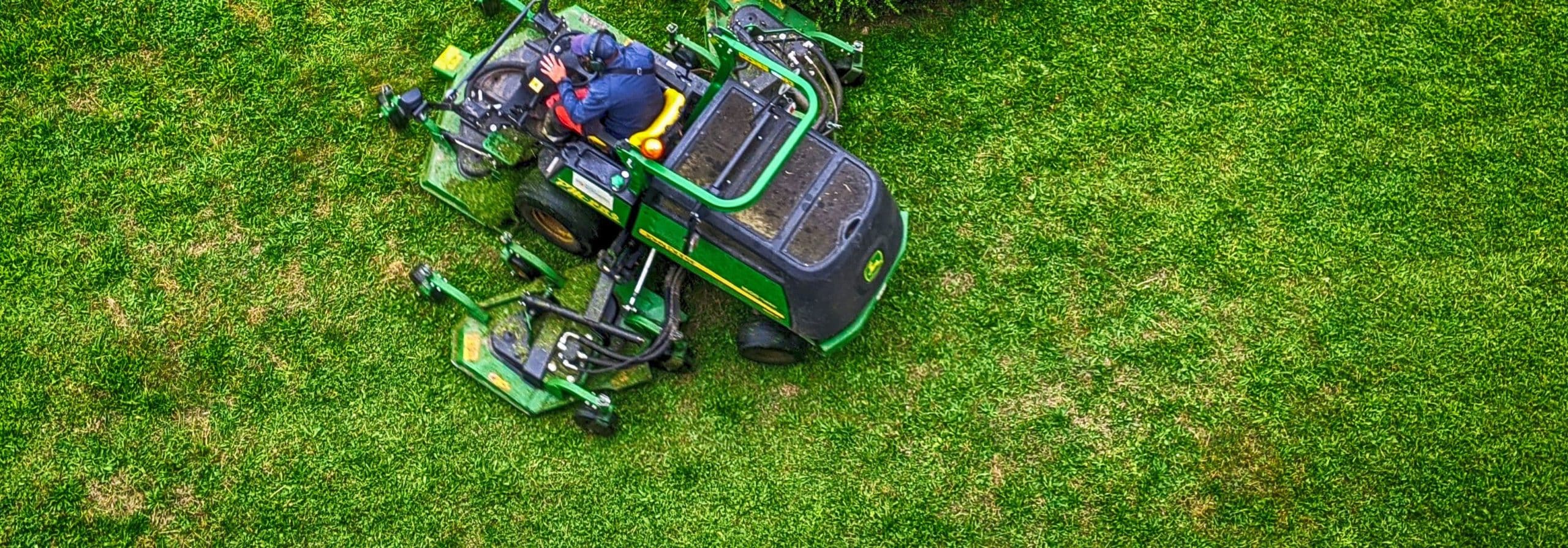
The best soil for an herb garden is a sandy loam or an organic potting mix that provides balanced moisture, nutrient-rich soil, and good drainage. Whether you’re planting basil indoors or rosemary outdoors, your herbs depend on soil that’s just right — not too wet, not too dry.
What Makes the Best Soil for Herbs
Not all dirt is created equal. Herbs thrive in light, airy soil that supports healthy roots and effectively holds nutrients. Understanding what makes great soil means your herbs grow faster, taste better, and live longer.
- Well-draining and aerated structure
- Slightly acidic to neutral pH (6.0–7.0)
- Organic matter for nutrient retention
- Consistent but not soggy moisture levels
Essential Soil Preparation for Success
Before diving into specific mixes, proper soil preparation sets the foundation for thriving herbs. Start by testing your existing soil conditions and understanding your local climate requirements. Most herbs originated in Mediterranean climates with poor, well-draining soils. This means they’ve evolved to extract maximum nutrients from minimal resources while avoiding waterlogged conditions that cause root rot.
Testing Your Soil pH
Testing soil pH is crucial to the success of a herb garden. Purchase an inexpensive digital pH meter or pH test strips from your local garden center. Test multiple spots in your garden area, as pH can vary significantly even within small spaces. Take soil samples 2-3 inches deep, mix them with distilled water according to the package directions, and record your readings. Most herbs perform best at pH 6.0-7.0, though some Mediterranean herbs like lavender prefer slightly alkaline conditions up to 7.5.
When to Add Amendments
Timing your soil amendments correctly maximizes their effectiveness. For outdoor gardens, amend the soil 2-4 weeks before planting to allow materials to integrate correctly. Fall amendments work exceptionally well, giving organic matter time to decompose over winter. Indoor container gardens can be amended immediately since you’re working with fresh potting mix. However, allow newly mixed soil to settle for 24-48 hours before planting to ensure proper moisture distribution and prevent air pockets around sensitive herb roots.
Ideal Soil Texture and Drainage
The right soil texture can make or break your herb garden. A sandy-loam mix or combination of potting soil, coarse sand, and perlite keeps the roots oxygenated and avoids clumping.
Tip: If water pools on top after watering, your soil is too compact — amend it with coarse sand or perlite to improve drainage.
Recommended Soil Composition
A balanced blend ensures your herbs get everything they need to flourish. Outdoor garden mix:
- 50% topsoil
- 30% compost
- 20% peat moss or coconut coir
Indoor container mix:
- 2 parts compost
- 1 part perlite
- 1 part sand
- 1 part coco coir
Adding worm castings or slow-release organic fertilizer can further enhance your soil’s nutrient content.
Proven Herb Garden Soil Mix Recipe
Creating your own herb garden soil mix recipe ensures consistent results and costs less than premium commercial blends. This tested formula works for both container and raised bed gardens. Master recipe for 4 cubic feet of herb soil: – 2 cubic feet of quality potting soil – 1 cubic foot of aged compost – 0.5 cubic feet of coarse perlite – 0.5 cubic feet of coarse sand (not fine sand) Mix thoroughly, then add 2 cups of worm castings and 1 cup of coconut coir (coconut husks) for moisture retention. This herb garden soil mix recipe provides excellent drainage while maintaining adequate nutrients for most culinary herbs. For Mediterranean herbs like oregano, thyme, and rosemary, increase the sand content to 1 cubic foot and reduce the compost to 0.5 cubic feet. These herbs prefer leaner, faster-draining conditions that mimic their native environments.
Visual Guide to Proper Soil Drainage
Understanding proper drainage prevents the most common herb gardening failures. Well-draining soil should absorb water quickly without creating puddles, then allow excess moisture to escape within 2-4 hours. Visual signs of good drainage include soil that darkens evenly when watered, crumbles easily when squeezed, and doesn’t form hard surface crusts when dry. Poor drainage shows as standing water, compacted soil, musty odors, or yellowing lower leaves on herbs. Create a simple drainage test by digging a hole 12 inches deep and 6 inches wide. Fill with water and time how long it takes to drain completely. Ideal drainage occurs within 2-4 hours, while drainage that takes longer than 8 hours indicates the need for amendment. Professional herb growers often add visual drainage indicators, such as small stones or bark chunks, to the soil. These materials create visible air spaces and help identify when soil becomes too compact during the growing season.
Soil pH for Healthy Herb Growth
Most herbs prefer a slightly acidic to neutral environment, with a pH between 6.0 and 7.0. Use an inexpensive pH meter or test strip to ensure your soil stays in the “Goldilocks” zone. If pH is too high (alkaline), mix in compost or pine needles. If too low (acidic), add dolomite lime to balance it out.
Professional Herb Growing Tips
Professional herb growers follow specific soil management practices that ensure consistent, high-quality harvests. These techniques can dramatically improve your home herb garden results. Soil temperature management affects herb growth more than most gardeners realize. Herbs germinate and establish faster when soil temperature stays between 65-75°F. Use mulch to moderate soil temperature swings and consider row covers during cool spring weather. Mycorrhizal fungal inoculation significantly improves herb nutrient uptake. These beneficial fungi form symbiotic relationships with herb roots, extending their reach for nutrients and water. Add mycorrhizal inoculant when transplanting seedlings or direct seeding. Rotate herb locations annually to prevent soil depletion and reduce pest pressure. Heavy feeders like basil should follow light feeders like thyme. This rotation maintains soil health while maximizing harvest yields throughout the growing season. Monitor soil moisture at root depth rather than at the surface. Insert your finger 2-3 inches deep near herb plants – soil should feel barely moist, never soggy or bone dry. Consistent moisture levels prevent stress and maintain essential oil concentrations in culinary herbs.
Organic vs Non-Organic Soil
Organic herb soil is nutrient-dense and sustainable, made from natural ingredients such as compost, coir, and decomposed plant material. It improves soil structure over time and promotes beneficial microorganisms. Non-organic mixes often rely on chemical fertilizers and peat, which can yield faster results but require careful watering and periodic replacement. For long-term herb health, organic potting soil offers the most stability.
Indoor vs Outdoor Herb Soil Tips
Indoor herb gardens: Use lightweight, airy potting soil with perlite or vermiculite to prevent compaction. Ensure containers have drainage holes and use trays to catch runoff. Outdoor raised beds: Choose richer loam soil with added compost or aged manure. Outdoor conditions dry faster, so soil that retains moisture slightly longer works best.
Linking Soil Health to Herb Quality
The connection between soil quality and herb flavor intensity cannot be overstated. Herbs grown in properly balanced soil produce higher concentrations of essential oils, resulting in more potent flavors and aromas for culinary use. Research from agricultural universities shows that herbs grown in organic, well-draining soil have 20-30% higher essential oil content than those grown in poor-quality soil. This difference is immediately noticeable when comparing homegrown herbs to store-bought varieties. Soil micronutrients directly influence herb characteristics. Magnesium deficiency reduces chlorophyll production, creating pale, less flavorful leaves. Iron deficiency causes symptoms similar to those of reduced plant vigor. Balanced soil provides these micronutrients naturally through the decomposition of compost and organic matter. For gardeners interested in medicinal herbs, soil quality becomes even more critical. Active compounds in medicinal herbs concentrate higher in plants experiencing mild stress from lean, well-draining soils rather than overly rich conditions that promote excessive leaf growth.
Common Soil Problems and Solutions
Even experienced gardeners encounter soil issues that can devastate herb gardens. Recognizing problems early and implementing targeted solutions saves both time and plants. Compacted soil prevents proper root development and water infiltration. Signs include water runoff during watering, stunted plant growth, and difficulty inserting tools into the soil. Solutions involve adding coarse organic matter, avoiding walking on wet soil, and using raised beds to prevent compaction. Salt buildup from over-fertilization creates white crusty deposits on the soil surface and container edges. Herbs become stunted with brown leaf edges and reduced growth. Flush containers with clean water until runoff runs clear, then reduce fertilizer frequency and concentration. Poor soil structure develops when organic matter decomposes without replacement. Soil becomes dense and water-repellent, making it difficult for herbs to obtain adequate moisture. Annual compost additions and mulching prevent this common problem while improving the soil gradually over time. Nutrient imbalances show as specific symptoms on herb plants. Nitrogen excess leads to lush green growth and reduced essential oils, while phosphorus deficiency results in purple-tinted leaves and slow growth. Regular soil testing every 2-3 years helps maintain optimal nutrient balance for herb production.
Disclosure Information
This content includes recommendations for gardening products and supplies that may be available through affiliate partnerships. When you purchase recommended soil amendments, pH meters, or gardening tools through our suggested retailers, we may receive a small commission at no additional cost to you. All product recommendations are based on gardening experience and research, not on affiliate relationships. We only recommend products that we have personally used or that have demonstrated effectiveness in herb garden applications. Our soil mix recipes and growing advice come from collaboration with local agricultural extension services and Master Gardener programs. This ensures information accuracy and relevance to diverse growing conditions across different climate zones.
Quick Pro Tips
- Refresh container soil every spring before replanting.
- Add compost tea monthly to boost microbial activity.
- Rotate herbs occasionally for even sunlight exposure.
- Avoid overwatering—roots should be moist, never soaked.
Final Thoughts
Picking the best soil for herb gardens sets the stage for a flourishing, aromatic harvest. When texture, pH, and nutrients work in harmony, your herbs grow stronger, taste better, and keep coming back season after season.
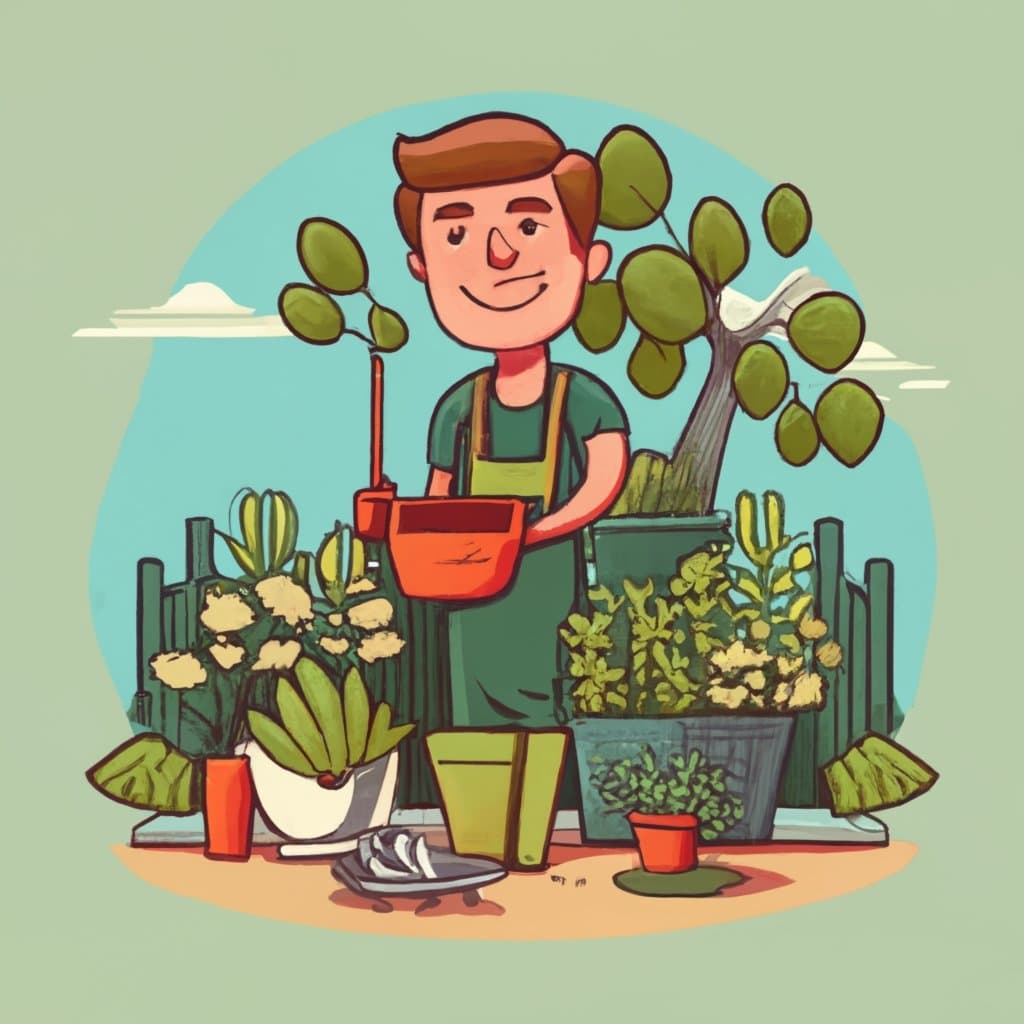
I’m John, a “seasoned citizen” and an avid gardener. I live in Minnesota, where our weather and growing conditions can be harsh and challenging. Over the years, I have learned a thing or two about being successful in growing things. I have curated these tips, which I think are helpful for the beginning gardener and the seasoned experts. If you have feedback, let me know in the contact form.
